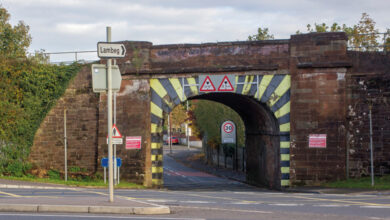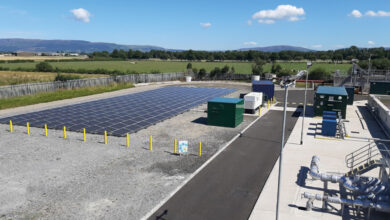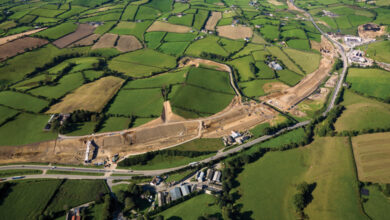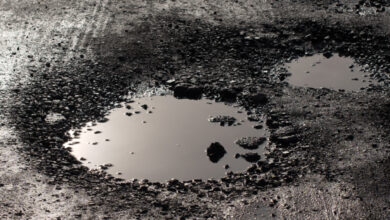Health
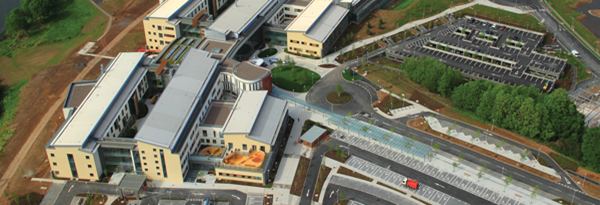
£2.3 billion will be spent on healthcare infrastructure over the next decade, with DHSSPS obtaining the second largest capital allocation of all departments. Almost two-thirds of the health and social care estate needs investment to modernise, with many hospitals aged over 50 years old.
Investment linked with reform
A total of £2.32 billion has been allocated for primary care, hospitals and public safety between 2011 and 2021: £851 million up to 2015 and £1.47 billion thereafter.
The Executive’s draft strategy has identified reform in healthcare delivery as central to infrastructural investment. More treatment and care is needed closer to where people live and work. Future investment will support primary care, social work, community-based mental health, and services for those with learning and physical disabilities, as well as care for children and the elderly.
Also among the strategy’s aims are investment in acute and local hospitals and modernisation of emergency services. Investment in technology will “support and empower” healthcare staff to be more effective administrators or carers.
New builds completed
The outcome of John Compton’s review of health and social care services will have a clear impact on capital plans. Population plans and a strategic implementation plan, arising from the ‘Transforming Your Care’ reform blueprint, aim to identify which services are needed where and how they can be achieved.
Draft population plans and the strategic implementation plan were completed in June and have subsequently been subject to a quality assurance review. A three-month consultation on them is due to commence in October. Service change, spelt out by these documents, will shape infrastructural needs.
The Health Infrastructure Board’s work will also influence capital plans. It was established to develop an implementation plan to progress primary and secondary care requirements, using a combination of public and private capital. A plan is likely to be submitted to the Health Minister for approval in the next few months. However, it will be kept under constant review.
Projects planned for the next Budget period include further redevelopment at the Ulster Hospital, more primary and community care health centres across the region (shifting the focus from secondary to primary care), and investment in more modern equipment.
Further ICT developments are planned, including allergy and current prescription information and electronic prescribing in hospitals. Improved healthcare provision through more modern equipment such as new systems for cancer care and ongoing investment to replace ageing buildings is also promised.
Health and care centres roll out
Since 2008, seven health and care centre facilities have been completed. For example, the Portadown centre (opened in March 2010) includes eight GP practices along with diagnostic and treatment facilities. A new regional child and family adolescent mental health facility in Beechcroft (in East Belfast) also became fully operational in 2010.
Children’s homes with modern accommodation have been completed in Bangor, Newtownards, Antrim and Newry since 2008. The Beechall (Andersonstown Road) and Shankill health and care centres were opened in Belfast in 2011. They provide a range of services such as nursing, social work, and dentistry for children, adults, the elderly and people with disabilities.
Craigavon Hospital’s new trauma and orthopaedics unit was completed in 2010, which includes two additional new theatres, a new bed ward and a full range of therapy and support services. ICT investments included the Northern Ireland Picture Archiving and Communications System (NIPACS), theatre management systems and general medical services (GMS) computer upgrades for GP surgeries.
The first phase of the Ulster Hospital redevelopment at Dundonald was completed; it has a critical care complex, a renal unit and a maternity hospital. The new Lisburn Assessment and Resource Centre has capacity for 120 adults with learning, physical and sensory disabilities and provides specialist treatment for 30 people with complex needs. The new Downe Hospital, in Downpatrick, contains a day procedure unit and out-patient department along with maternity, rehabilitation and diagnostic services.
An eight-bed treatment and assessment unit providing specialist health and social care for children and young people now exists at Belfast’s new Iveagh Centre, providing a community setting in Belfast.
The medical imaging centre in the Royal Group of Hospitals, opened in October 2008, contains one of only two positron emission tomography (PET) scanners and cyclotrons for treating cancer on the island of Ireland.
At present, redevelopment is taking place at the Royal Hospital, with major investment for a critical care unit, including an A&E department, theatres unit and an intensive care unit. A new Gransha mental health crisis unit in Derry is being developed, aimed at providing integrated acute and intensive care in-patient mental health assessment and treatment for 30 patients. Work is ongoing on an enhanced local hospital in Omagh, which will include renal facilities and accommodation for GPs.
ICT infrastructure is being upgraded and new systems introduced, including shared services for HR and finance, the electronic care record, PC replacements and an upgrading of the health and social care services’ IT network.
The £276 million South West Acute Hospital in Enniskillen (pictured) was opened in June, after the draft strategy was published. Built on a 52-acre site, the 300-bed hospital was built over three years and is the first in Northern Ireland to be fully fitted with single en-suite rooms.

